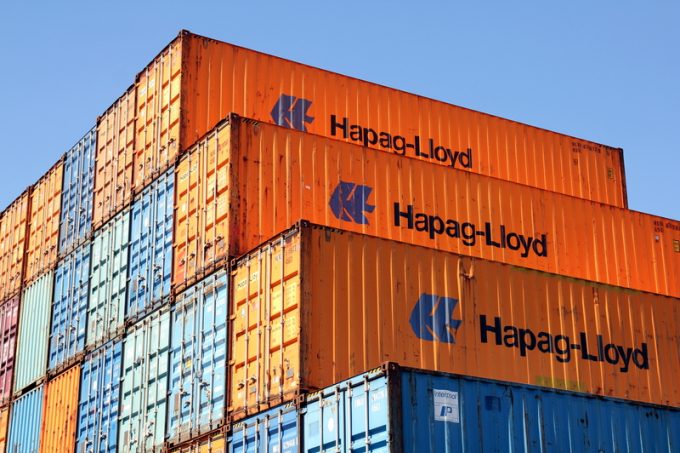MSC to launch new Oceania-US east coast Eagle service next year
Australian and New Zealand exporters to North America are set to get the second direct ...

Hapag-Lloyd illustrated the economic strain shipping lines felt last year in its preliminary business figures for 2023, released this morning.
Despite the German carrier seeing a rise in transport volumes of 0.5%, to 11.9m teu, it reported total revenue decreased by $17bn over the year, ...


Comment on this article